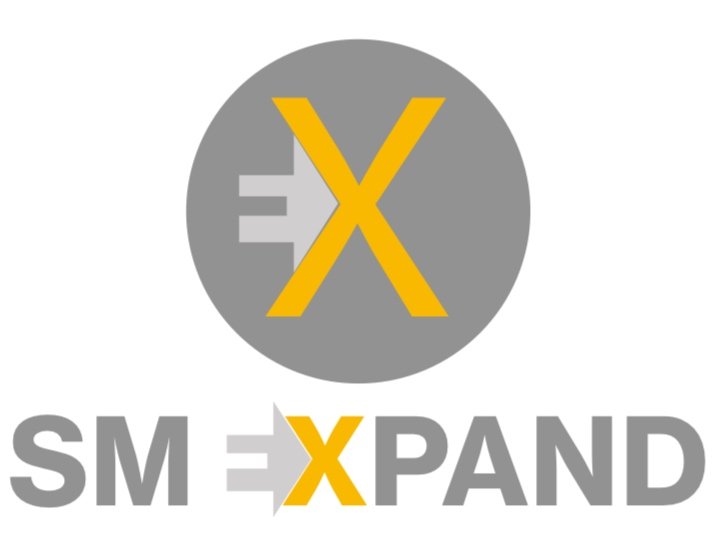SaaS Integration: The Secret Weapon to Business Success
In the complex world of modern business, managing a multitude of software tools and applications can be a daunting task. Amidst the hustle and bustle, one crucial aspect often gets overlooked: software integration. While it may not be the most glamorous part of your operations, it is undoubtedly one of the most critical. Imagine a scenario where all your favorite SaaS solutions seamlessly work together, streamlining your processes and maximising efficiency. This is the power of effective SaaS integration.
The Everyday Challenge of Disconnected Software
Consider this scenario: your accounting software, project management tool, e-signature platform, and communication suite—essential components of your business toolkit. However, when these software solutions operate in isolation, chaos often follows. This chaos leads to data silos, duplicated efforts, and missed opportunities.
According to a recent Harvard Business Review article, the efficiency gained from effective software integration is not just about saving time; it's about boosting overall business efficiency. Companies that have successfully integrated their software solutions reported up to 40% less time spent on data management tasks. Let's delve deeper into the benefits of seamless SaaS integration, and how it enhances the strengths of some of the best-in-breed solutions like SAP Business One, Xero, and Monday.com.
Enhancing Best-in-Breed Software with Integration
SAP Business One: Renowned for its robust ERP capabilities, SAP Business One becomes even more powerful when seamlessly integrated. Imagine real-time synchronization between your accounting, inventory management, and customer relationship management systems. This means that your financial data is always up to date, your inventory is managed efficiently, and your customer interactions are well-informed.
Xero: As a top-tier accounting software, Xero's strength lies in its user-friendly interface and cloud-based capabilities. By integrating Xero with other tools, you can ensure that financial data flows seamlessly between departments. This enables your finance team to work collaboratively with other teams like sales and procurement, resulting in faster decision-making and improved financial visibility.
Monday.com: A popular project management platform, Monday.com excels at team collaboration and task tracking. When integrated into your software ecosystem, it can act as a central hub for project updates and timelines. Imagine having your project management data automatically synchronized with your CRM or accounting software. This not only saves time but also ensures that your project teams have access to the most current information.
The Promise of Seamless SaaS Integration
So, why should you consider integrating your SaaS solutions? Let's delve into the benefits:
Operational Efficiency: Effective SaaS integration can eliminate manual data entry and data synchronization, saving you time and reducing errors.
Enhanced Collaboration: Seamless integration fosters real-time collaboration across all your software tools, regardless of their native compatibility. Your teams can work together effortlessly, thanks to data that flows seamlessly between applications.
Data Security: Your data is your most valuable asset, and safeguarding it is paramount. Robust security measures ensure your data remains protected during integration, data transfers, and beyond.
Cost-Efficiency: Running multiple software solutions in isolation can be costly. Integration helps you consolidate your software stack, reducing licensing costs and streamlining IT management.
Scalability: As your business grows, your software needs evolve. Effective integration allows you to scale your software stack to adapt to changing requirements.
The Path to Effective SaaS Integration
Now that we've explored the benefits, how can you transform your collection of disconnected software into a well-coordinated symphony of tools? The process is simpler than you might think:
Assessment: Begin by assessing your current software landscape. Identify areas where manual data transfer or duplicated efforts are causing bottlenecks.
Choose the Right Integration Solution: Look for integration solutions that match your business needs. Many businesses have successfully implemented modular integration software like ONEXPAND to bridge the gap between their SaaS solutions.
Customisation: Tailor your integration to fit your unique business processes. Configure the integration to your exact requirements.
Team Training: Ensure your team is well-trained in using the integration tools effectively. Training and support resources can help ease the transition.
Scalable Integration: As your business evolves, so should your integration. Add new modules and software solutions as needed to adapt to changing needs.
Credits and References
We want to acknowledge the valuable insights from industry experts and reputable sources:
The Harvard Business Review article on the efficiency gains of software integration.
Interviews with business consultant Alex Baines, who emphasized the importance of overcoming software disconnection.
Forbes Small Business, a trusted resource for small business advice, highlighted the benefits of integration in various industries.
Final Words - Efficiency Unleashed
In the fast-paced world of business, every advantage counts. Effective SaaS integration can unite your diverse software solutions into a well-coordinated orchestra, unlocking the full potential of your business. The path to a more efficient and thriving business begins with embracing the principles of seamless SaaS integration. Your business, your team, and your bottom line will thank you.
